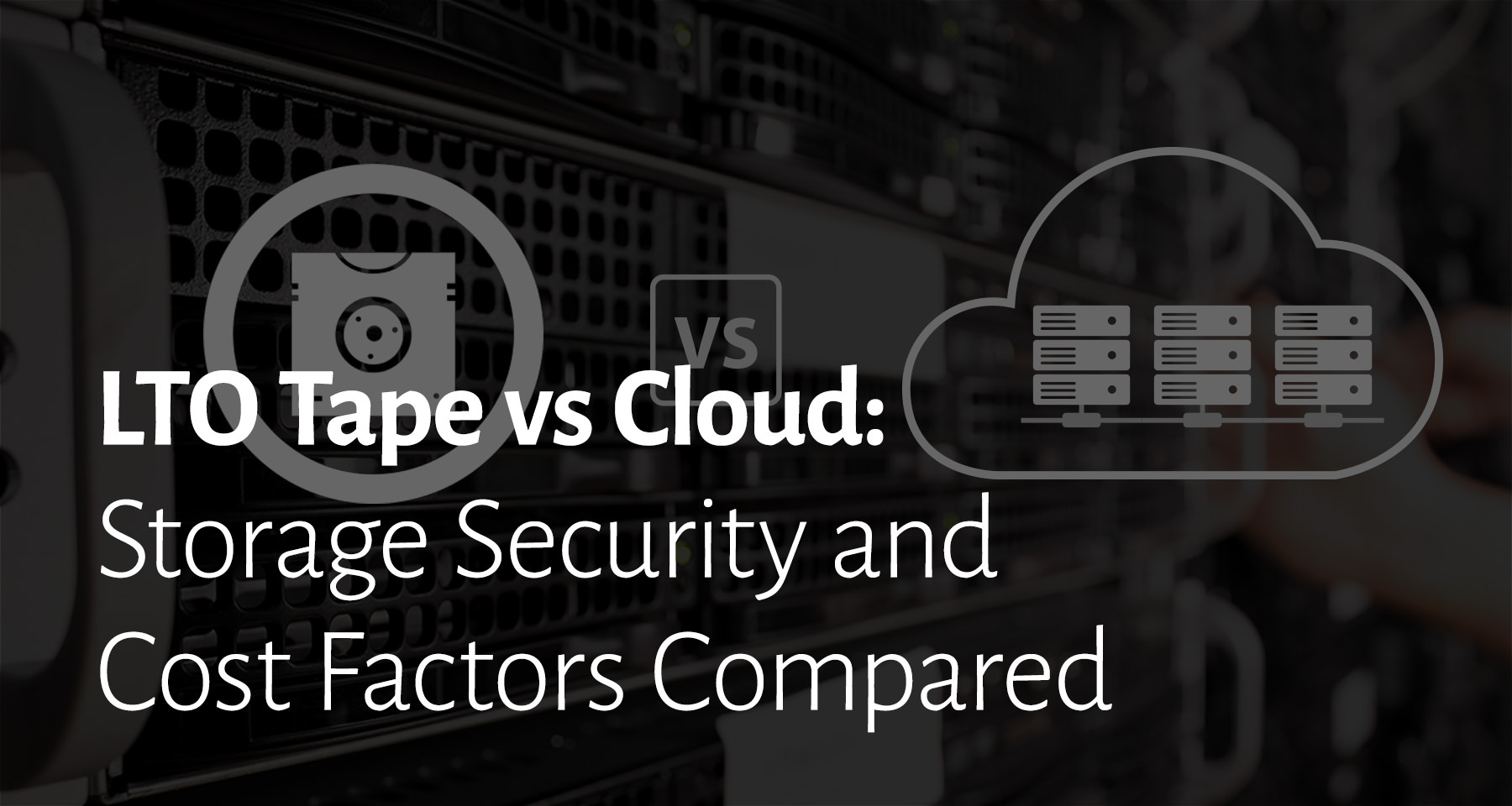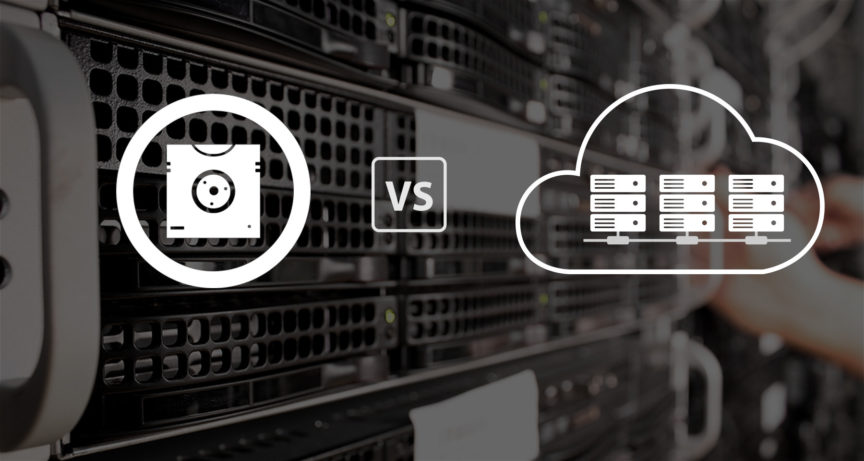
As we’ve covered in previous articles, at ProStorage, we are big proponents of tape storage for archiving in general and LTO specifically. This is especially true for businesses with massive amounts of data like video production and even wedding photographers who need to store wedding photos for clients for an indefinite period of time.
Tape has been around since the beginning of commuters and predates hard drives by a significant number of years. But, with the increase in speed and capacity of hard drives, tape backup fell out of favor. Tape was declared “dead” almost 40 years ago. However, as an backup and archiving tool, tape still sells, even with disk-based products, solid state drives, and the cloud competing in the marketplace.
These newer approaches to backup are much faster, more convenient and speed up the recovery process, which is where the value proposition of backup is most meaningful. On the other hand, tape drives benefit from their ability to seemingly last forever if they are maintained properly. LTO tape cartridges can easily last 30 years.
The Security Factor
The real issues are twofold. First, using tape for backup is a safety blanket in most IT shops. It’s been around so long that it is a back-office operation with low visibility. Moving to the cloud would require new processes and copying all those old tapes to the cloud, while adding a startup cost to the budget. Many administrators and CFOs are willing to hide behind the safety blanket and stick with tape.
This is the main reason for the reluctance of IT shops to move backup and archiving to the cloud. But there is another reason, one that stands on its own, but also feeds into the safety blanket issue. LTO tape for backup and archiving is inherently offline. Data can’t be corrupted unless the tape is mounted, so it passes the ultimate test of being hack-proof.

Cloud backup doesn’t yet meet that standard for security because it is online to some systems in your data center and multiple people have access. This is why the “safety blanket” term for the first issue was used. If a tape cartridge is stored in a secure place, your data is safe because people in your company must intervene offline to retrieve it.
Even so, perpetual flat backups — snapshots — into the cloud are very convenient to use. They are safe from most hacks, even though they are online, because they contain all versions of data objects. However, they are vulnerable to a command to delete the archive, causing complete data loss.
When the cloud service providers get their act together and offer a service where a perpetual backup can be kept safely, while requiring a manual step with the provider to delete the archive, the cloud will finally have surpassed tape for backup. Until that happens, tape is safe, and the use of tape for backup will continue on for at least a decade after.
The Cost Factor
The value of tape archiving really comes into play as the amount of data increases. Investing in the tape drives and the media doesn’t make much sense compared to cloud services if the storage needs are under 50TB over the long term. But, once you get into the petabytes of data, that’s when the cost benefits of tape backup and archiving really come into play.
The initial investment for the tape drive and media are much higher than using the cloud. But, those are one-time costs, whereas cloud services are charged monthly. Even if you are storing only 20TB of data, the long term costs of storage for tape become lower if spread out over time.
If you are using cloud services like AWS S3 or Azure, the costs per GB are still relatively low, but there is also a charge for bandwidth usage. Which means you are getting charge per GB for everything ‘recovered’ or downloaded from the cloud server. Depending on how much this happens, this additional cost needs to be factored into the cost of cloud storage.
Conclusion
For security, tape backup and archiving wins every time. Any type of offline storage is more secure than cloud storage provided the media is properly stored and maintained. That’s pretty much what proStorage is all about.
If cost is a bigger factor than security, smaller size data requirements will see cloud storage as a more cost effective solution. But, those who need larger amounts of storage, such as filmmakers and video effects houses, tape backup and archiving provide the best cost benefits. This can also be true for businesses needing long-term storage options.
